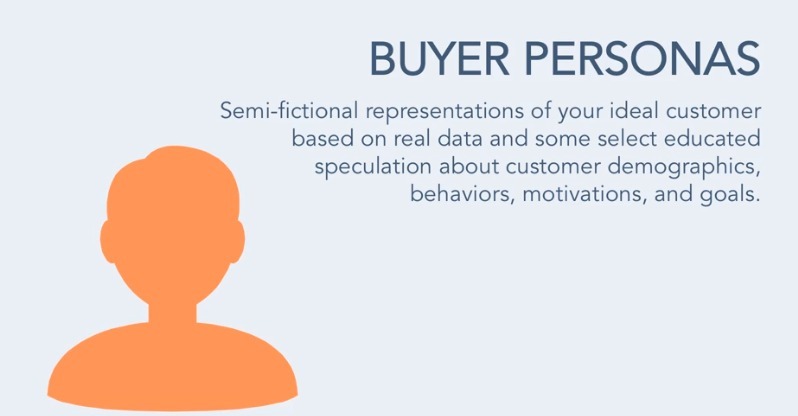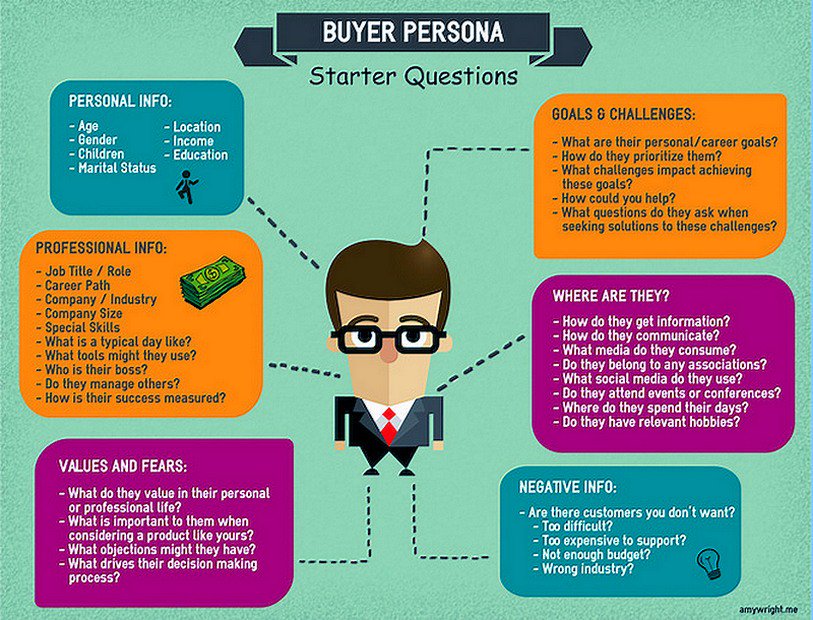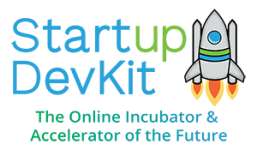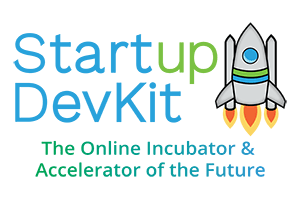It’s incredibly important to know how to build customer profiles and buyer personas for every startup and business so you can have an effective marketing and sales strategy. No business should be without this information and it’s a vital aspect of how to start a startup properly.
By creating a buyer persona, you’ll have an idea of who your target customer is and it will enable you to have something to work off of when you create a customer profile.
In addition, by creating a customer profile, you’ll have an accurate understanding of your target customer and be able to create a better product or service with your startup.
Once completed, you’ll understand their pain points, what they do for work, their demographics, their interests, geography, values, and more.
If you don’t know who your customers are, then you’re probably not going to do well with your business because your marketing efforts will be lacking potency.
What’s more, if you want to do well with sales, then you’re going to want to make sure you know who your customers are.
So let’s start with buyer personas.
What is a Buyer Persona?
HubSpot explains this best via the image below.

However, a buyer persona is also based on your target or ideal customer who is the person that has a pain point which you’re trying to solve with your startup’s product/service.
Details to Address
Details you can address within your buyer persona are things like:
- Job role/title
- The industry of company and job
- Goals they’re trying to accomplish
- Challenges and pain points they experience day to day and overall
- Where they find out new information regarding that role
- How that person shops to discover things they buy
You can have multiple personas, but try not to create too many. Just work on your primary target customers.
Figuring out this information will be important for all of your marketing and sales efforts, so don’t skimp out on the details!
Then, you can use the information you have compiled and create buyer persona stories of your assumptions about them.

Once you have your buyer personas together, go see if your assumptions and research are correct by interviewing people who fit the description you’ve created. You’ll be talking to them about your startup idea and asking them the same questions you have answered with assumptions to see if they’re correct.
Doing customer discovery via interviews will also help you test the hypothesis to validate your startup idea.
Getting Feedback
It can be very difficult for anyone to openly share a concept which they think is golden then to have it constructively criticized.
However, it’s so important to check the ego at the door and be open to suggestions.
It’s best to seek out people in your target market who you don’t know because their opinions will be the least biased.
Tell them you’re doing research to find out if your product/service concept is viable and would love their opinion on it.
When you do that and describe what you’re doing, ask them for their feedback.
Once they give you some, you can follow up and ask them to rate their interest level on a scale of 1 to 10 to, with 10 being the most interested in using it.
Now, it’s crucial to gauge their interest level because if they don’t find it compelling to them, you want to know why and what you could do to make your concept a 10 for them.
If they tell you in their feedback that they like your idea, then find out if they’d buy it if it were available. And, if they say yes, then you should maintain a relationship with them and very graciously thank them for their time and feedback.
Doing this helps you further determine if there’s a market need for your product or service.
Moreover, you’re able to get an understanding of how accurate your customer profile is and if people are actually going to buy your product.
Buyer Persona Story Example
Ian is a software developer who’s been programming for a medium-sized business for five years. He’s 27 years old and he spends his time at work collaborating with the project manager and developing new additions to his company’s software. While Ian likes the pay, he doesn’t find it to be rewarding work, there’s no opportunity for growth where he works, and he wants to build something of his own one day.
However, he doesn’t know what that is yet. Ian finds it difficult to move up in the organization because there are senior developers above him. And, his personality is a bit withdrawn as well. He wants to learn how to become more personable and wants to find ways to advance his skills to get to the next level. Ian’s main skill sets are in the Microsoft .NET framework and he wants to get even better with ASP.NET so he can build full, rich web apps, and he wants to get better with C#.
Ian is a regular on forums such as Stack Overflow, DaniWeb, and Reddit for his online software development communities and frequently attends meetups for programmers. He likes finding new gadgets on Kickstarter and Indiegogo and from the TechCrunch news site. He finds Amazon to be convenient for his purchases but also uses eBay. Ian also likes learning on Codecademy and Udemy.
Alright, so that should do it for the buyer persona.
Next, let’s go into customer profiles.
What is a Customer Profile?
A customer profile is a more specific and accurate version of your buyer persona. A customer profile is what you get when your assumptions and initial research are either validated or invalidated. It’s the culmination of all of the target customer interviews that you performed.
Just like buyer personas, it’s okay to have more than one customer profile because there may be a few.
Next, let’s look at the questions you need to get answered when you build your customer profiles.
Questions to Answer When You Build Your Customer Profiles
1) Which niche(s) or communities do my target customers belong to?
2) What are the problems my target audience is facing? (Pain points)
3) What are their goals?
- What’s the next logical step in their career, such as a promotion?
- Life goals such as building a family, traveling, going back to school to earn another degree, etc.
4) Who are the most likely people to have these problems?
- Why are these the people most likely to have these problems?
- What types of jobs do they have and what do they do in their jobs?
- Job Example: software developer, financial consultant, or in-house marketer.
- Are they men or women or both?
- What are the percentage breakdowns?
- For example, it could be 60% women and 40% men or 70% men and 30% women.
- What age segments do they fall into?
- For example: 18-24, 25-34, 35-45, 46-55, 56-67
5) What country or countries do they live in? How about what region(s)?
6) Do they use mobile, tablet, Mac, or PC?
7) What technology do they use?
Aside from what devices they use, what types of software and other hardware do they use?
Are any of them interconnected through IoT devices?
8) How much money do they make?
9) What is their education?
10) What are their interests?
11) What are their fears?
12) And what are their values?
Keys to Answering The Above Questions
You may have multiple personas, and that’s just fine.
However, they should all fit into a group of people who are your ideal customers.
OptinMonster shares some good buyer/customer persona templates which you could also check out. They’re fancier than the questions above, however, the above questions will do you just fine.
Discovery via Data
You’ll be able to discover additional information about your website visitors via the analytics from your website if you’ve had traffic for some time.
Your best bet is to get the analytics of the people who have converted into email subscribers and the people who are returning visitors.
Generally speaking, users who are not returning visitors are not the people to target because they aren’t interested enough in what you’re doing.
However, that can be a false positive based on how you have presented your content on your website.
Conclusion
Buyer personas are fictional until they aren’t. You’re going to have to do your best to make the most educated assumptions that you can until you get new data, whether that data is ascertained qualitatively through your conversations with prospects or through quantitative data — or both. Now that you’ve learned how to start researching, writing buyer personas, contacting people about it, and building your customer profiles, it’s time to get to work.
But don’t be too hard on yourself it at first you don’t get it 100% right. However, in the end — an ideal buyer is the person who is experiencing the pain point that you’re solving for them. If you can find those people, and learn from them, then you’re off to a great start.




